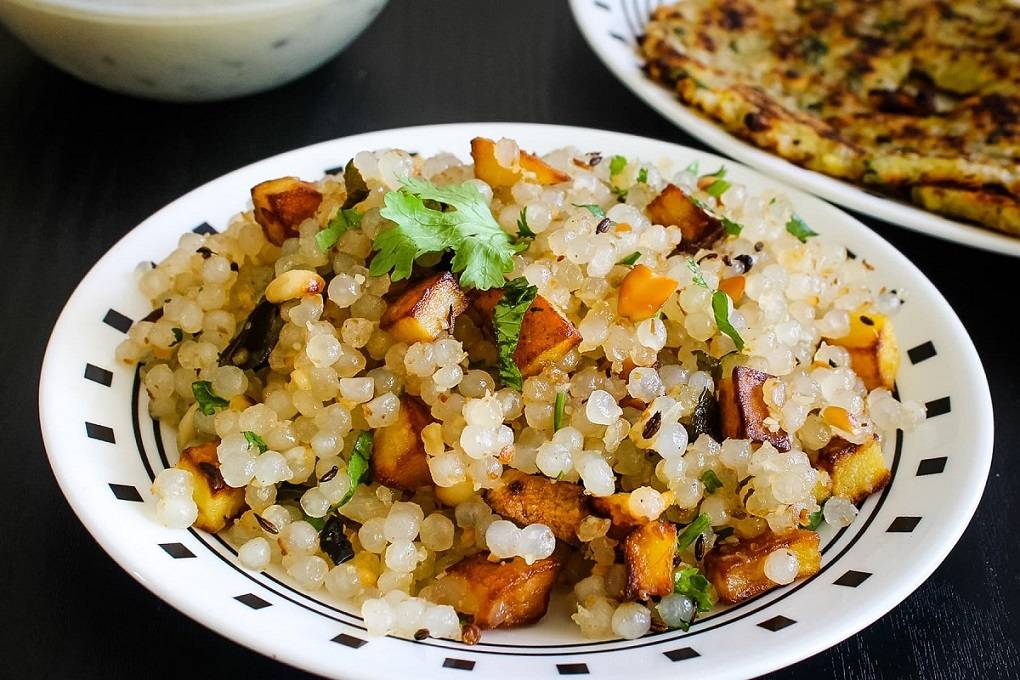
Sabudana or Sago is a starch that is extracted from tropical palm stems. It is cultivated popularly in South Asia, with Indonesia and Malaysia being its largest producers. Sago can be transformed into dry, opaque pearls, which when soaked and cooked become larger, translucent, soft, and spongy. Pearl Sago is widely consumed in Indian, Bangladeshi, and Sri Lankan cuisine.
Although Sago is not a very nutritious food, however, it is a rich source of carbs which is an important source of energy in our body. Since it is rich in carbs and can be grown quickly in a wide variety of soils, Sago is a dietary staple in many countries such as Papua New Guinea, Malaysia, and Indonesia. Sago is also gluten-free. Therefore, it is a good substitute for wheat-based flour for people with celiac disease.
Now, let's take a look at some of the health benefits of Sago (sabudana).
Rich in antioxidants- Our body requires antioxidants to neutralize harmful molecules known as free radicals. If antioxidants didn't remove free radicals from our bodies, we will suffer from cellular damage that can contribute to heart disease and even cancer. Sago is a rich source of polyphenols, particularly tannins and flavonoids. These plant-based compounds are linked with reducing inflammation, boosting immunity, and reducing the risk of heart disease. Sago's high concentration of flavonoids is also linked with reducing cholesterol buildup.
Helps with weight gain- Sago is a staple in developing countries because it is an inexpensive yet fulfilling and carbohydrate-rich grain. It also has a lot of calories.
Improves Digestion- Sago may not be the most vitamin and mineral-rich food but it still has a high fibre content. Fibre provides relief to digestive issues such as constipation as it promotes regular bowel movement and speeds up the digestive process. It also feeds the good bacteria in our gut and brings balance to the bacterial environment.
Sago is an excellent source of energy- Sago is rich in carbohydrates and calories. Therefore, Sago is an excellent source of energy and it will also regulate the proper functioning of our bowels.
Promote healthy skin- Eating Sago regularly and applying it as a topical on the skin can have several benefits for the skin due to sago's antioxidants and anti-inflammatory properties. As a topical, Sago eases the inflammation caused by acne and even removes dark spots. A sago face mask made with milk also boosts the production of collagen which tightens the skin and rejuvenates it.
Promotes healthy hair- When applied to hair regularly, Sago paste removes dandruff and reduces the itchiness or inflammation caused by dandruff. It also smoothens the hair, reduces split ends, and makes the hair shinier.
Completely gluten-free- Sago is an excellent substitute for wheat-based flour as it is completely gluten-free.
Regulates blood pressure- Sago is a source of potassium, a mineral that promotes the healthy flow of blood and regulates blood pressure.
Source of iron- Sago may not be rich in a lot of nutrients, however, it is a rich source of iron, a mineral that is important for the production of red blood cells. Therefore, people suffering from anaemia should consider switching their regular flour to sabudana.
Helps with the production of breast milk- Lactating mothers are recommended to incorporate sabudana into their diets because it stimulates milk production and balances their hormones. Pregnant women are also advised to eat sabudana because the vitamin B6 and folate present in sabudana aids in the development and growth of the foetus.
While these are some of the benefits of sabudana, excessive consumption of sabudana can lead to bloating and constipation. It can also lead to unwanted weight gain because of high amounts of carbohydrates and calories.
















